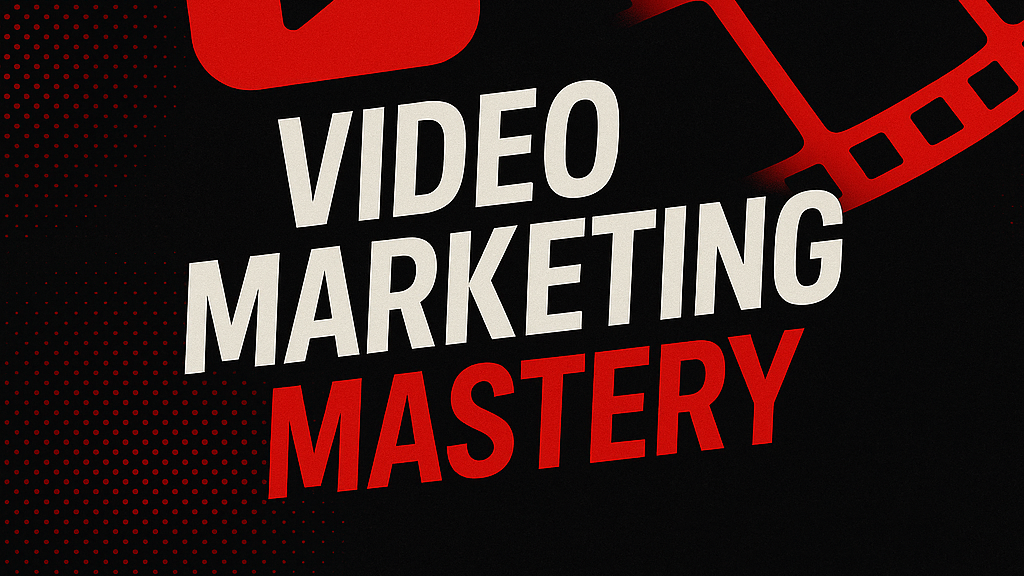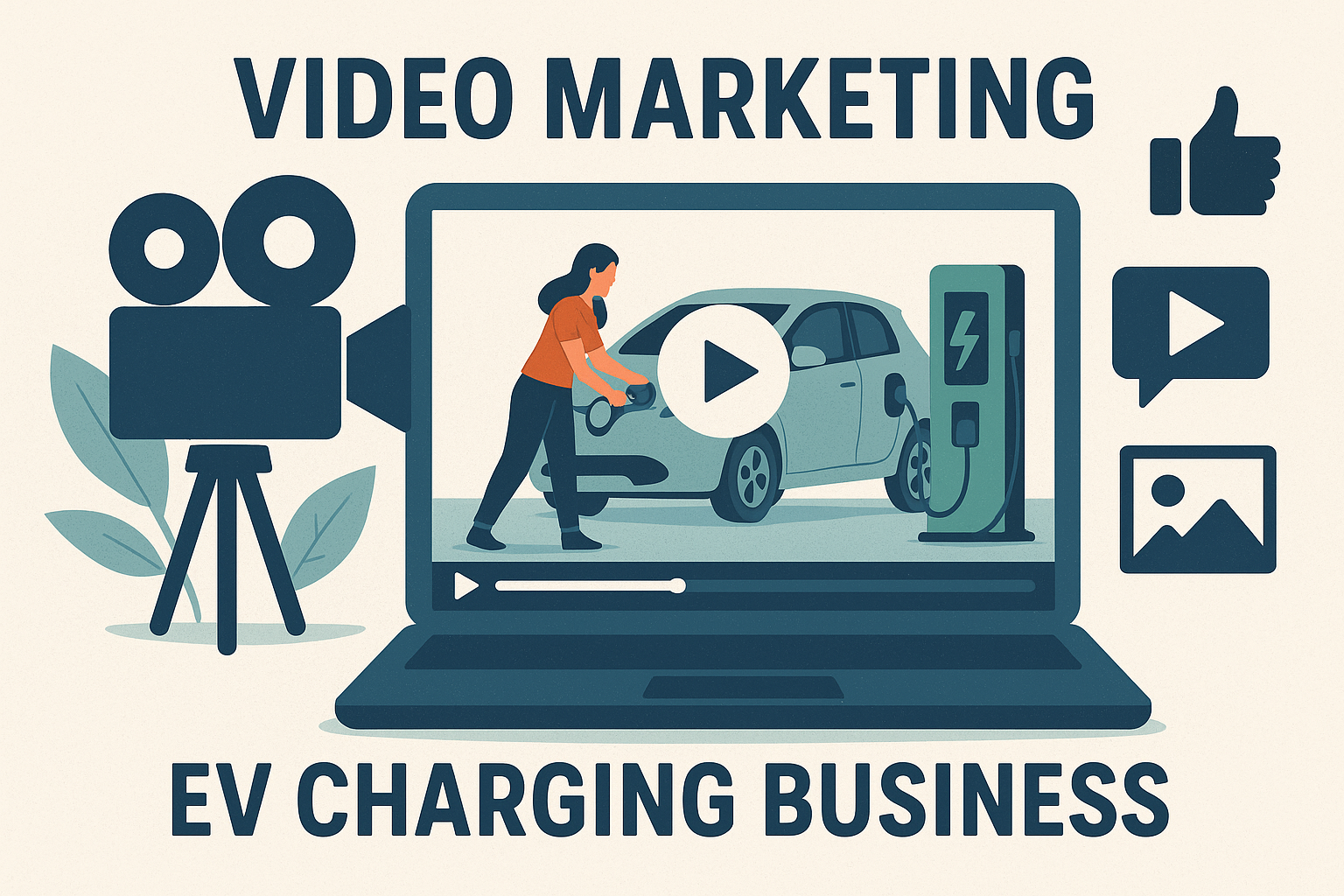In today’s fast-moving digital landscape, video is no longer an optional extra in a brand’s marketing strategy; it’s the beating heart of customer engagement. As we enter 2025, video continues to dominate across platforms, reshaping how businesses connect with audiences, tell their stories, and drive conversions. From TikTok-style short-form clips to AI-driven personalisation, the trends we’re seeing today highlight one clear truth: if your brand isn’t investing in video marketing, you’re already behind.
This article explores the key video marketing trends in 2025, why they matter, and how brands can take advantage of them to stay ahead in an increasingly competitive market.
1. Short-Form Content Is Still King
Short-form videos typically under 60 seconds remain the most consumed and shared content online. Platforms like TikTok, Instagram Reels, and YouTube Shorts have proven that attention spans may be short, but the appetite for quick, engaging content is bigger than ever.
In 2025, brands that succeed are those that can communicate their value proposition within just a few seconds. From showcasing products in bite-sized clips to delivering quick tips and behind-the-scenes moments, the brands that simplify their message will capture more attention.
Pro tip: Start campaigns with a short-form video hook, then use longer-form content to expand on your brand story.
2. AI-Driven Personalisation
Artificial intelligence has transformed video marketing from mass broadcasting into highly targeted storytelling. With AI tools, brands can now:
- Generate multiple video variations for different audience segments.
- Personalise visuals, voiceovers, and even offers based on user data.
- Analyse performance instantly to optimise future campaigns.
For example, a clothing retailer can send two different personalised videos: one to a customer interested in sportswear and another highlighting formal wear. This level of personalisation was unthinkable five years ago, but in 2025 it’s becoming standard practice.
Why it matters: Consumers are more likely to engage with brands that “get them.Personalisation builds trust and increases conversions.
3. Shoppable Videos Take Centre Stage
E-commerce and video are merging at a rapid pace. Shoppable videos where viewers can click directly within a video to buy products are now mainstream across platforms like Instagram, TikTok, and even live shopping streams.
In 2025, more retailers are embracing this trend, turning videos into instant sales channels. Instead of directing users away to a website, the transaction happens seamlessly inside the video experience.
Pro tip: If you’re in retail, shoppable video is no longer a “nice-to-have”, it’s a necessity for boosting sales.
4. Live Streaming Is Becoming More Professional
Live video was once casual and experimental, but in 2025 it has matured into a polished, interactive format. From product launches to Q&A sessions and corporate events, live streaming builds authenticity and gives audiences a chance to interact with brands in real time.
Thanks to better internet infrastructure and tools, brands are now producing studio-quality streams. This shift makes live content more credible and engaging.
Why it matters: 62% of UK consumers say they are more likely to trust a brand after watching a live stream. That level of authenticity is hard to replicate with static content.
5. Sustainability Stories Through Video
Today’s consumers, particularly younger generations, want to know what brands stand for. Sustainability, ethical sourcing, and social impact have become vital parts of brand storytelling. Video is the perfect medium to bring these messages to life.
In 2025, we’re seeing more companies use video to document their sustainable practices, highlight supply chain transparency, and share commitments to green initiatives.
Pro tip: Use video storytelling not just for promotion but for education, show your audience how your brand is making a difference.
6. The Rise of Vertical Video
Mobile-first is no longer just a trend, it’s the default. More than 80% of video views now come from smartphones, and vertical video dominates platforms like TikTok and Instagram.
In 2025, brands that still rely on horizontal-only content risk losing reach. Vertical video is not only easier to consume but also performs better in algorithms.
Action point: Always design your video content with mobile in mind, vertical first, horizontal second.
7. Immersive Technologies: AR & VR Video
Augmented reality (AR) and virtual reality (VR) are no longer futuristic concepts; they’re here, and they’re transforming video marketing. In 2025, AR filters, interactive product demos, and VR brand experiences are becoming common ways to engage consumers.
For example, beauty brands now let customers “try on” products virtually through AR-powered video campaigns. Car companies offer VR test drives. These immersive experiences elevate customer engagement like nothing else.
Why it matters: By 2025, immersive video campaigns are proving to generate longer engagement times and higher recall rates.
8. Employee & Customer-Generated Video
Audiences trust people more than polished corporate messaging. User-generated content (UGC) and employee-generated video campaigns are on the rise, as they feel more authentic and relatable.
Brands are encouraging employees to share behind-the-scenes stories or customers to record testimonials. This raw, unfiltered style resonates strongly in 2025, especially on social media platforms.
Pro tip: Incentivise customers to share video reviews with discounts or features on your brand’s channels.
9. Video SEO and Voice Search Optimisation
With Google’s algorithm updates and the rise of voice search, optimising video content is essential. In 2025, video transcripts, keyword-rich descriptions, and AI-powered subtitles are all crucial for visibility.
Video content is also being prioritised in search results, so brands with a robust video SEO strategy will see stronger organic performance.
Action point: Always upload videos with optimised metadata, titles, and captions to maximise searchability.
10. Data-Driven Storytelling
In 2025, brands are moving away from purely creative campaigns towards data-backed storytelling. Analytics tools help marketers understand exactly what resonates with their audience whether it’s video length, tone, or visual style.
Instead of guessing, brands can now refine strategies based on hard data. This ensures every piece of content is designed to perform.
Pro tip: Invest in advanced analytics platforms to monitor how your videos are performing across channels and adapt quickly.
Conclusion
Video marketing in 2025 is about more than just producing content, it’s about creating experiences. From short-form clips to immersive VR campaigns, the opportunities for brands are vast. At S4digi, we believe the key is to stay adaptable, embrace new technologies, and always prioritise authenticity. Brands that master these trends will not only stand out but also build deeper, longer-lasting relationships with their audiences. The future of marketing is visual, interactive, and personal and video sits firmly at the centre of it. Ready to take your brand to the next level? Partner with S4digi and let’s create experiences that truly connect.
FAQs on Video Marketing in 2025
- Why is video so important in 2025?
Because it’s the most engaging medium. Consumers spend more time watching video than reading text, making it the most effective way to connect with audiences. - What’s the biggest trend in video marketing today?
Short-form content remains dominant, but AI-driven personalisation is the biggest game-changer in 2025. - Do I need expensive equipment to create quality videos?
Not necessarily. Many successful brands shoot professional-quality videos using smartphones and affordable editing tools. Authenticity often matters more than high production value. - How can small businesses leverage video marketing?
Start with short, authentic videos on platforms like Instagram Reels or TikTok. Share behind-the-scenes moments, tutorials, or customer testimonials to build trust. - How do I measure the success of my video campaigns?
Track metrics such as watch time, click-through rates, engagement levels, and conversions. Tools like YouTube Analytics or social media insights provide valuable data.







